Interférences

Image: 36,4 x 54,7 inches
Print: 36,4 x 54,7 inches
Frame: 37,6 x 55,9 inches
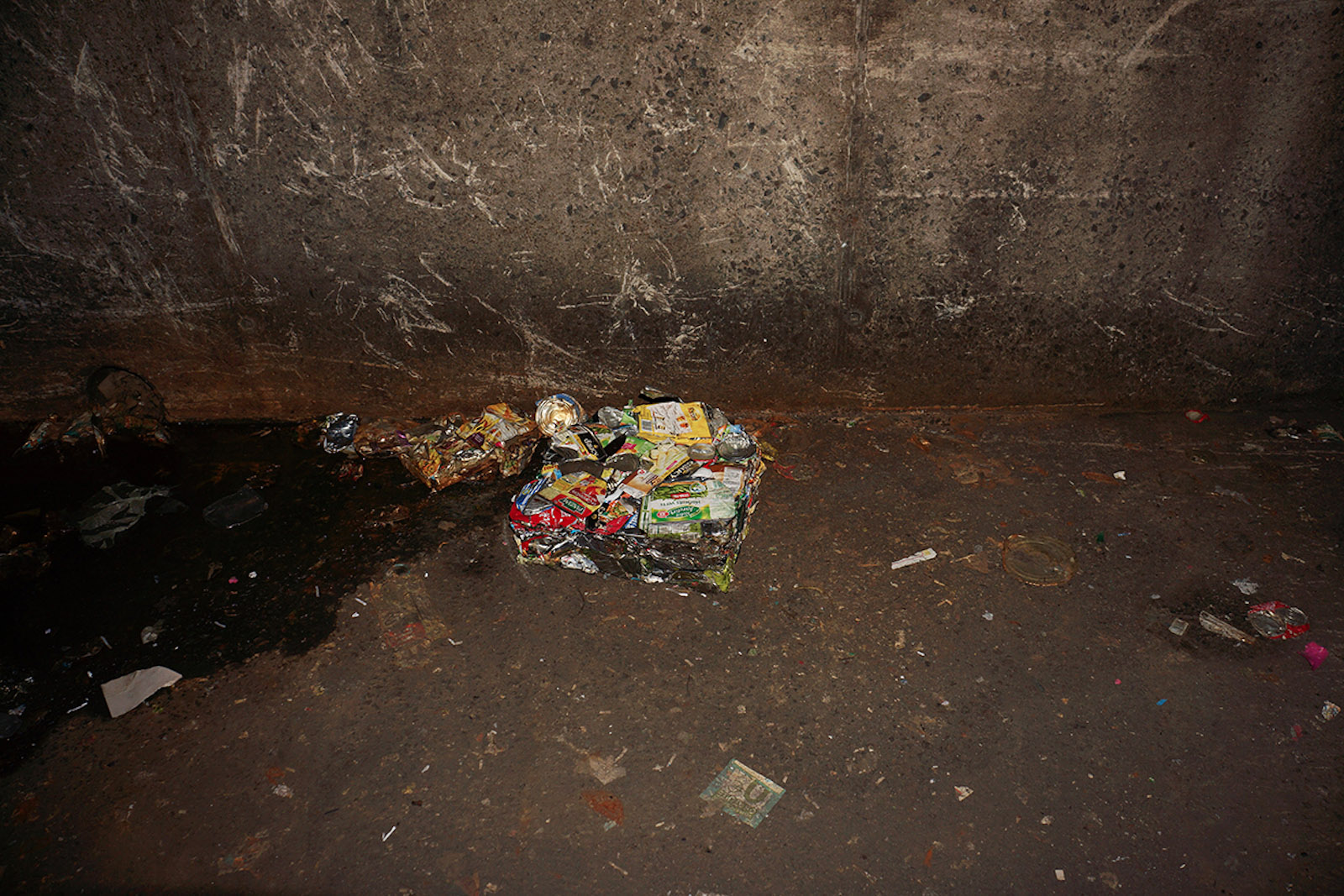
Image: 19,7 x 29,5 inches
Print: 19,7 x 29,5 inches
Frame: 20,4 x 30,4 inches

Image: 37 x 54,72 inches
Print: 37 x 54,72 inches
Frame: 38,11 x 55,8 inches
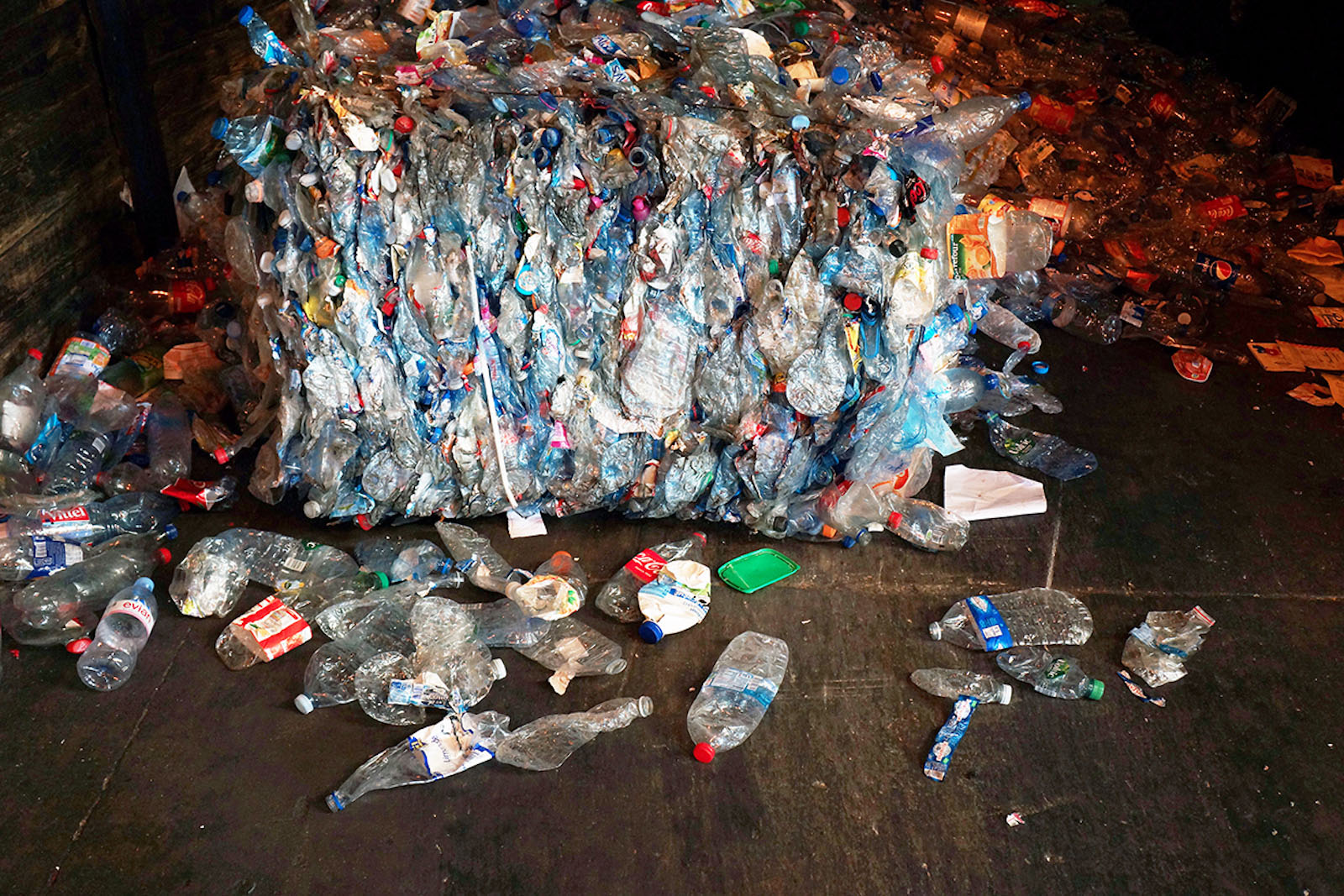
Image: 19,7 x 29,5 inches
Print: 19,7 x 29,5 inches
Frame: 20,4 x 30,4 inches
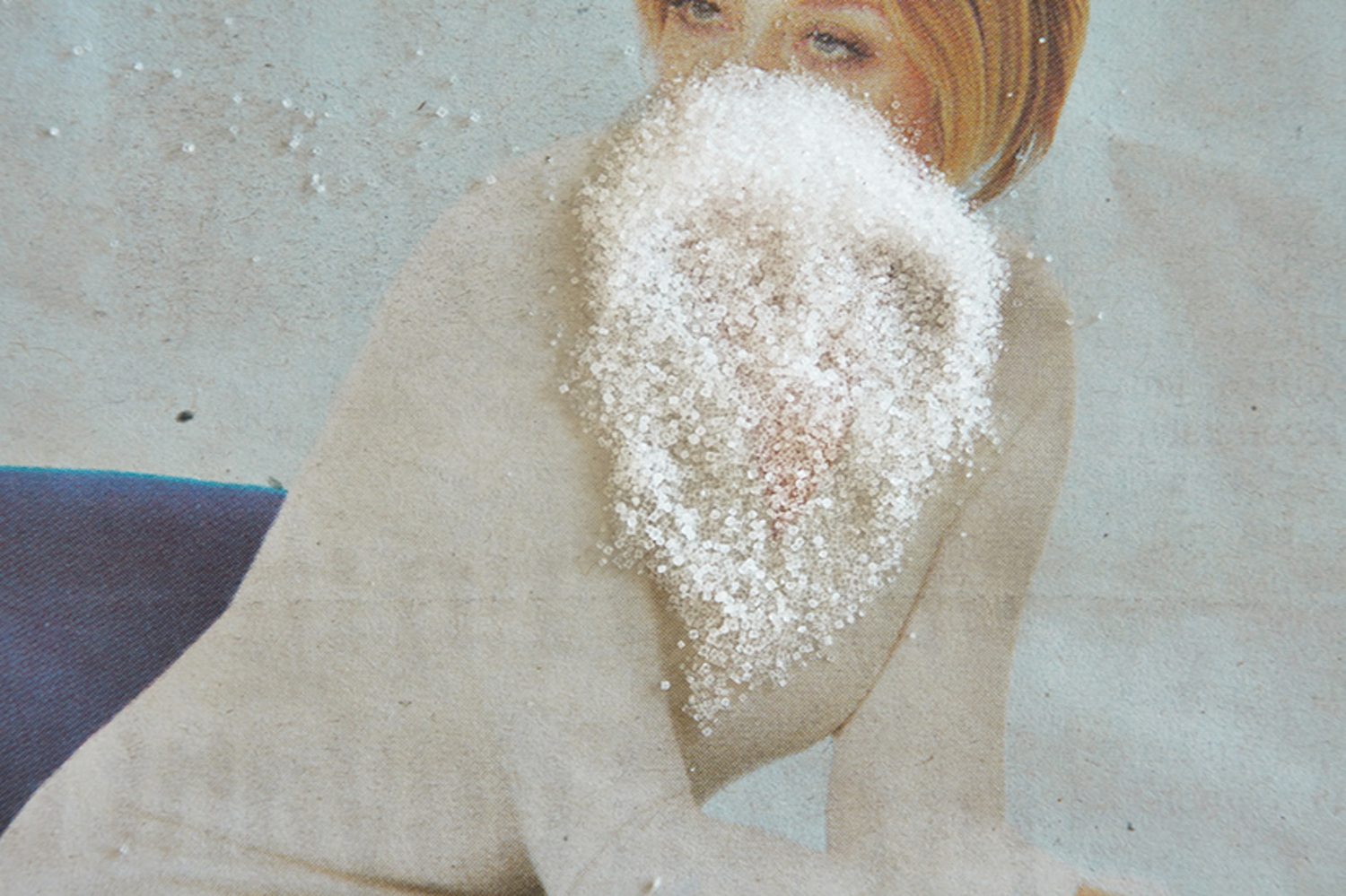
Image: 20,8 x 13 inches
Print: 20,8 x 13 inches
Frame: 14,5 x 21,5 inches
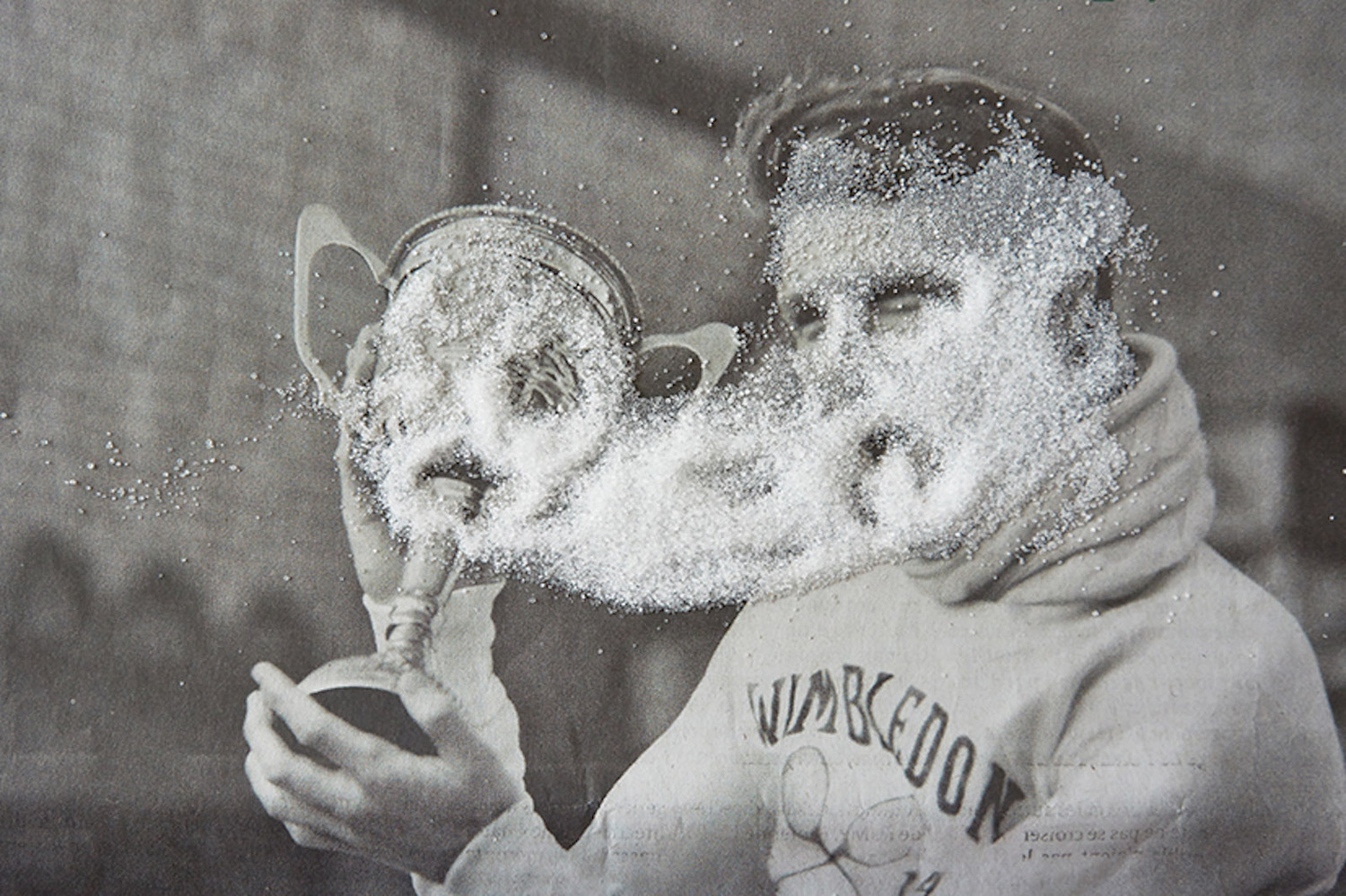
Image: 20,8 x 13 inches
Print: 20,8 x 13 inches
Frame: 14,5 x 21,5 inches
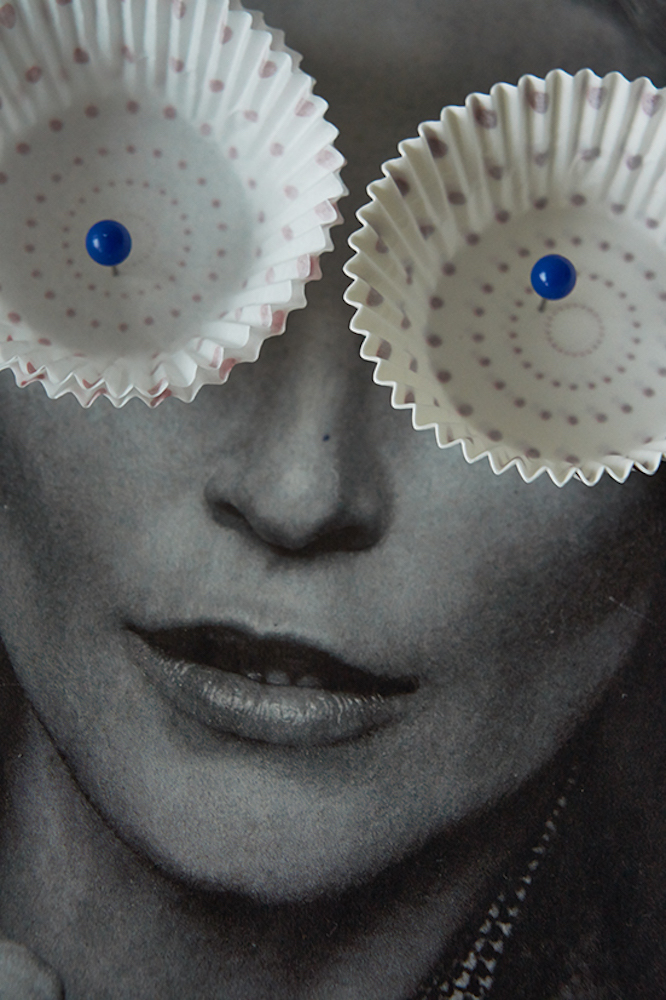
Image: 20,8 x 13 inches
Print: 20,8 x 13 inches
Frame: 14,5 x 21,5 inches
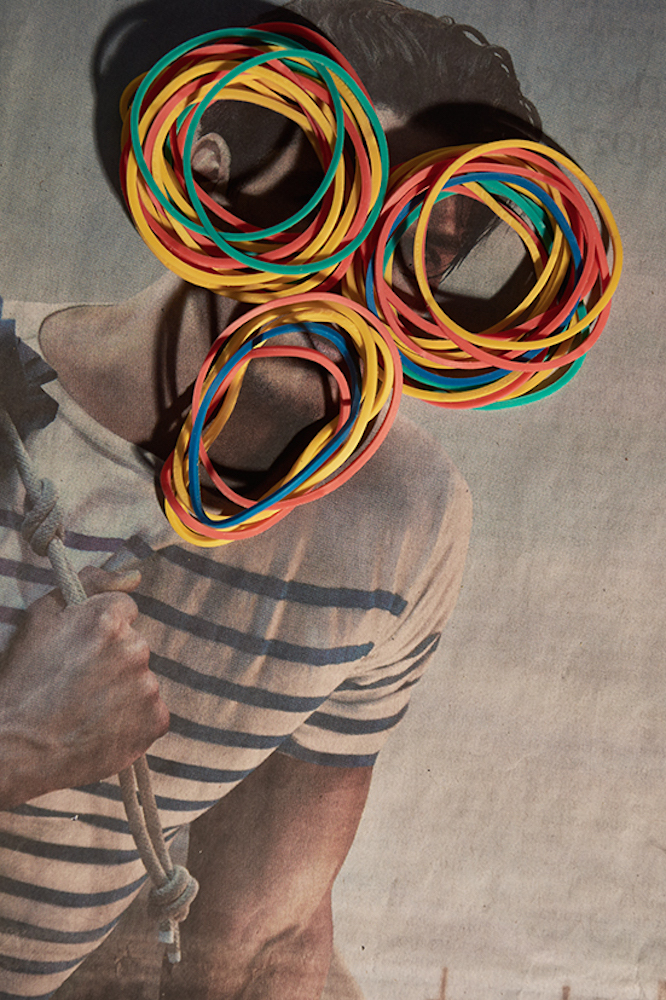
Image: 20,8 x 13 inches
Print: 20,8 x 13 inches
Frame: 14,5 x 21,5 inches

Image: 20,8 x 13 inches
Print: 20,8 x 13 inches
Frame: 14,5 x 21,5 inches
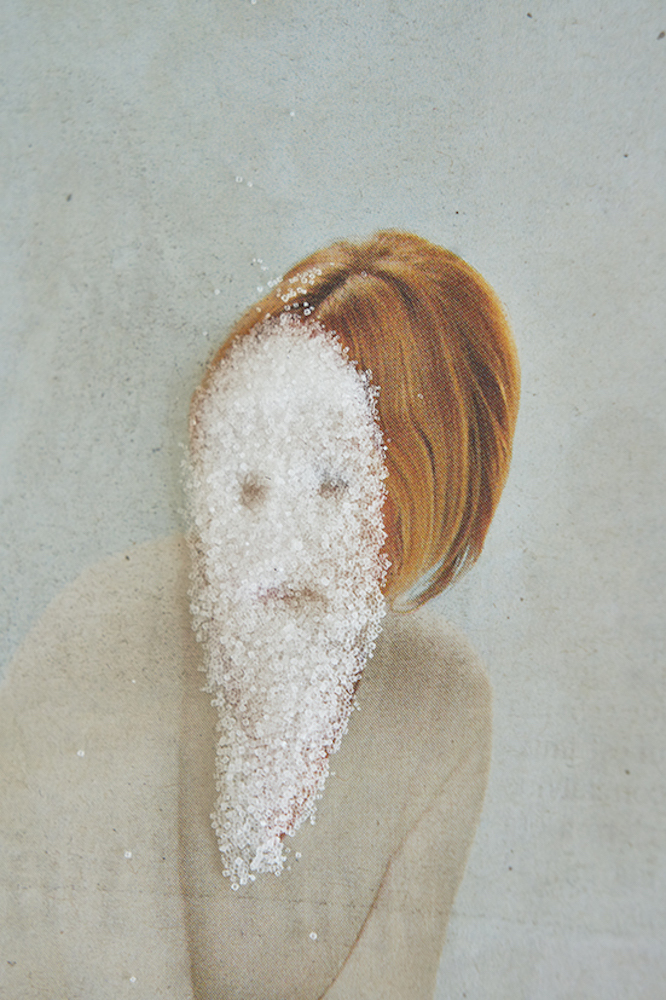
Image: 20,8 x 13 inches
Print: 20,8 x 13 inches
Frame: 14,5 x 21,5 inches
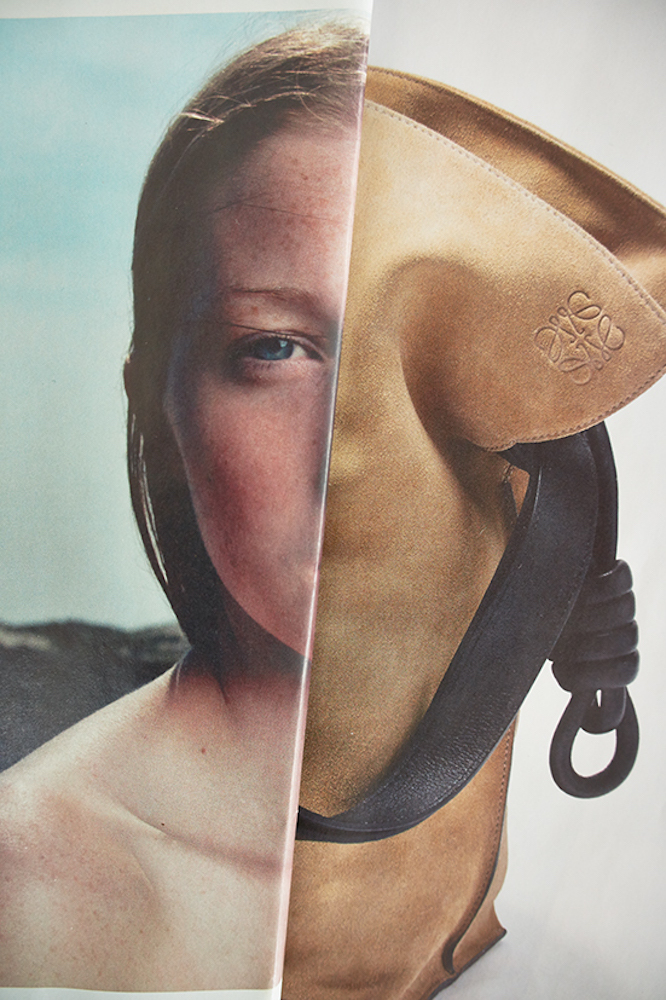
Image: 20,8 x 13 inches
Print: 20,8 x 13 inches
Frame: 14,5 x 21,5 inches
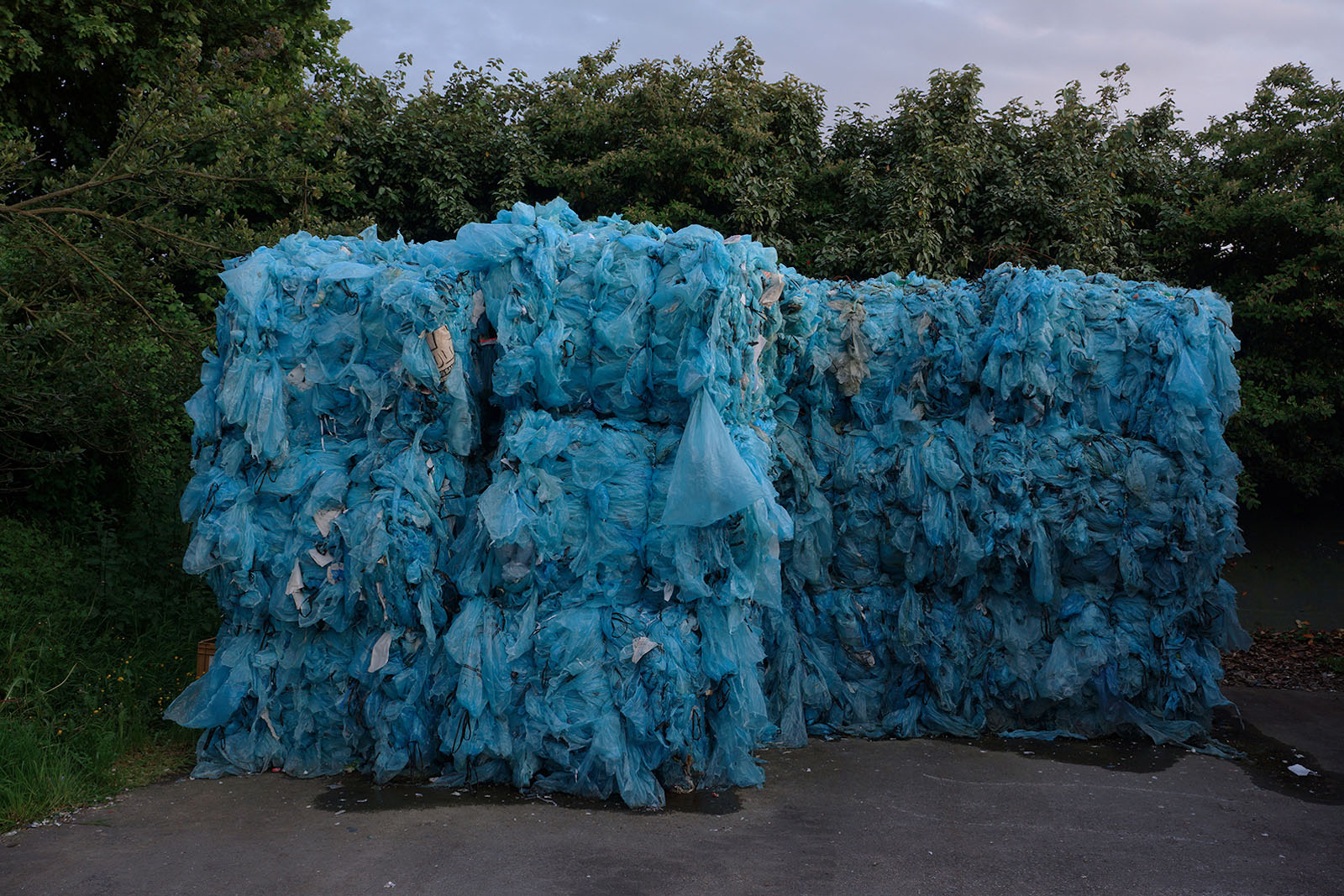
Image: 31,5 x 47,2 inches
Print: 31,5 x 47,2 inches
Frame: 32,4 x 48,3 inches

12,6 x 10,2 x 2,7 inches

36,6 x 42,5 inches
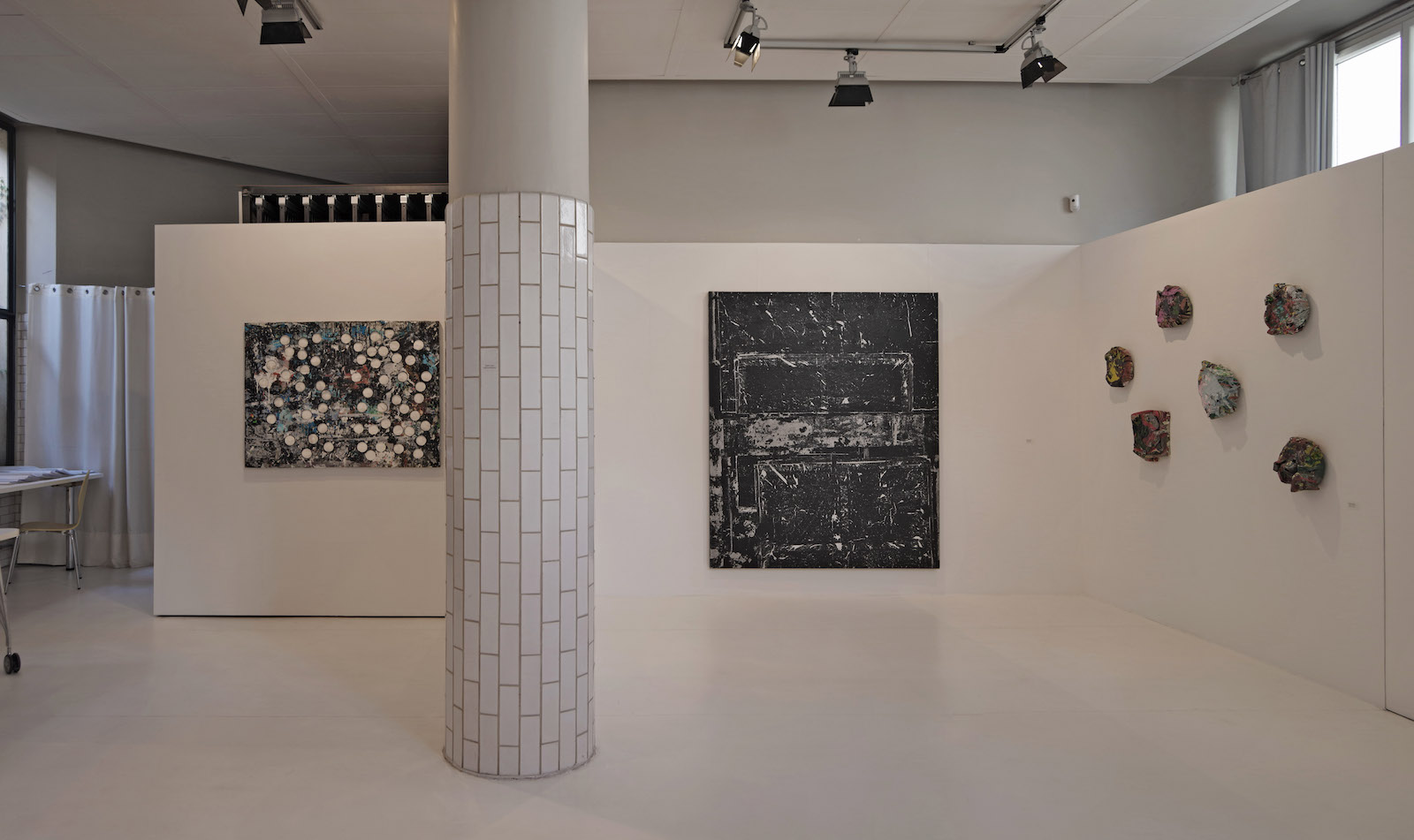
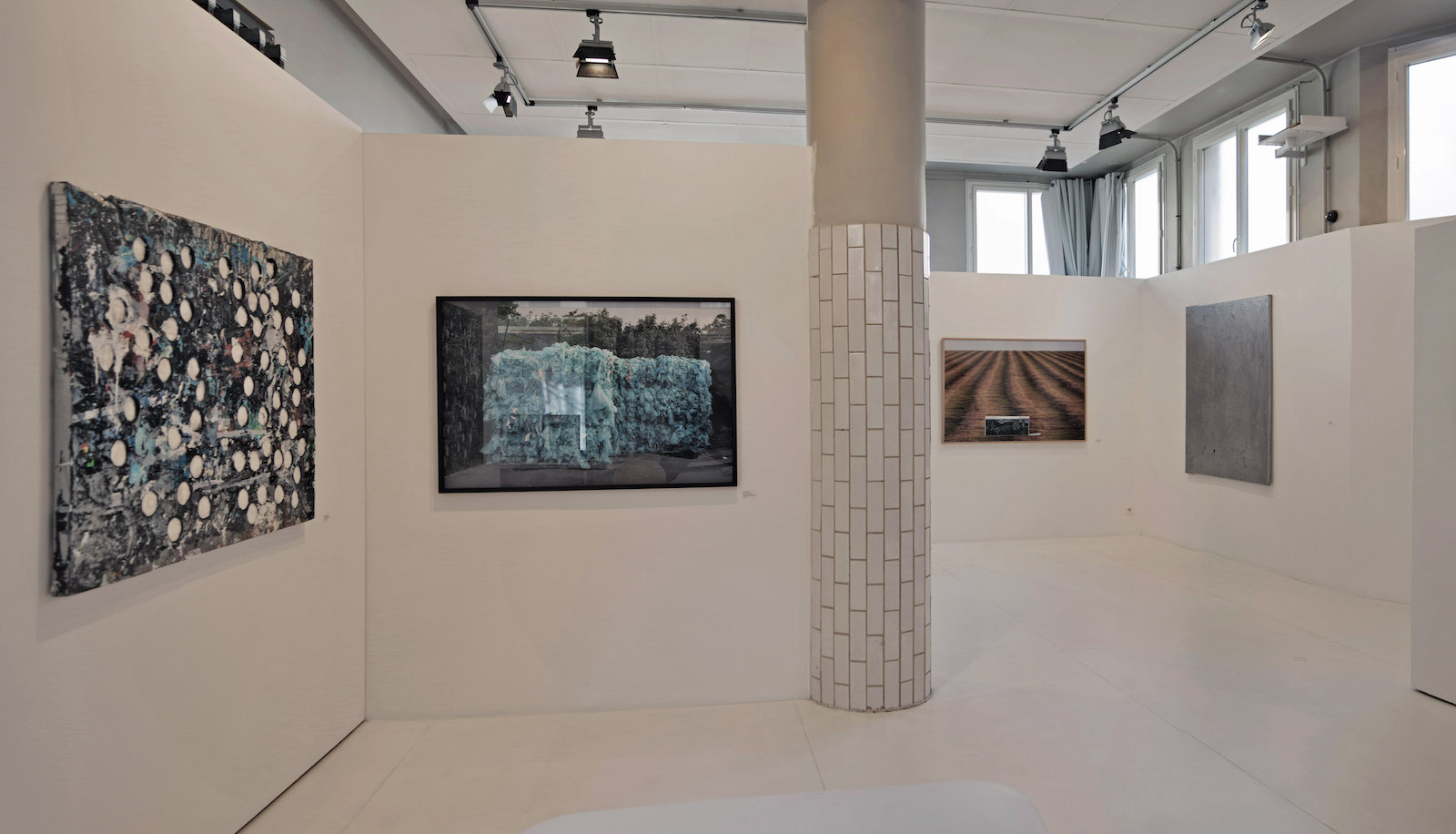
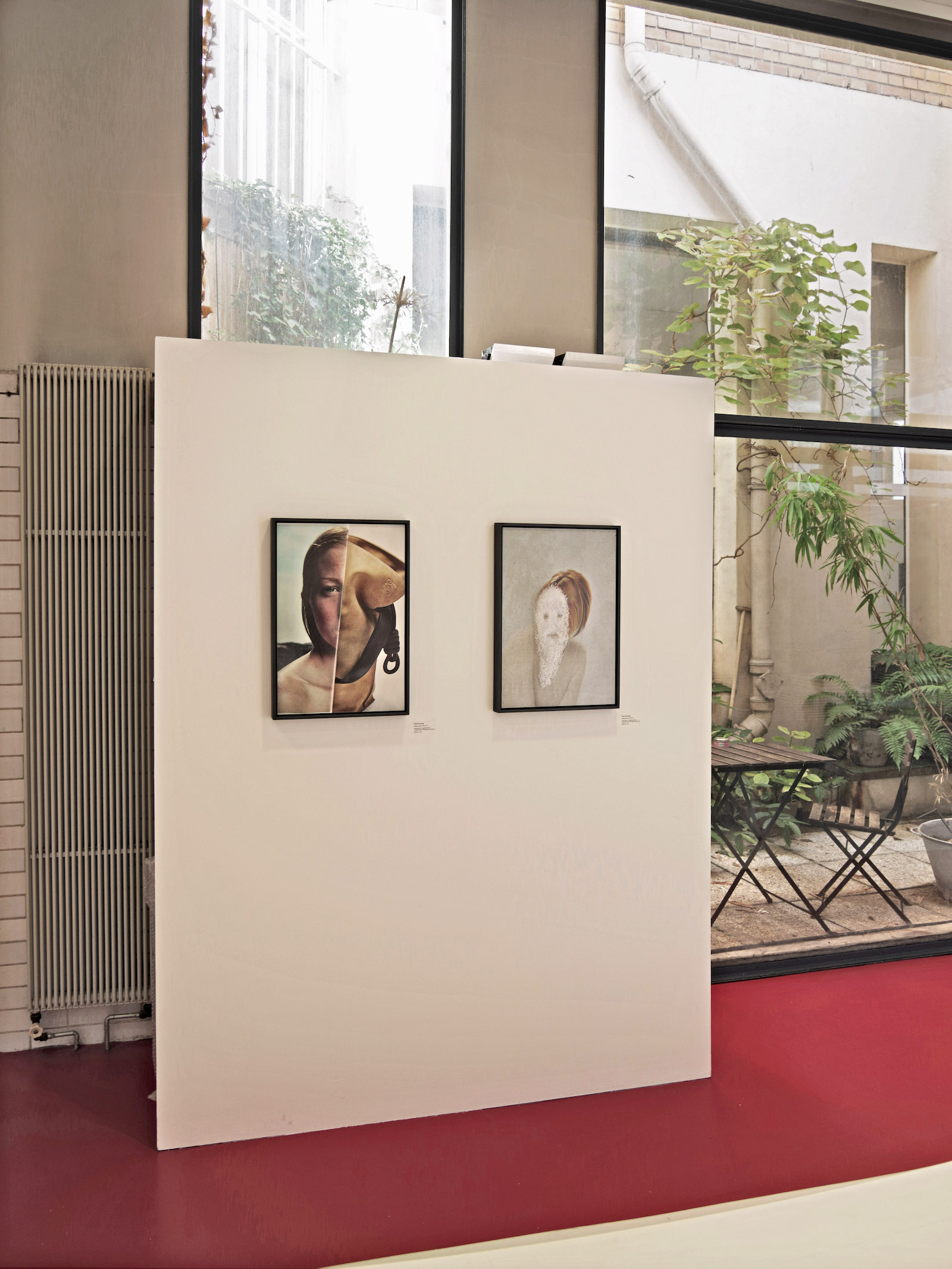
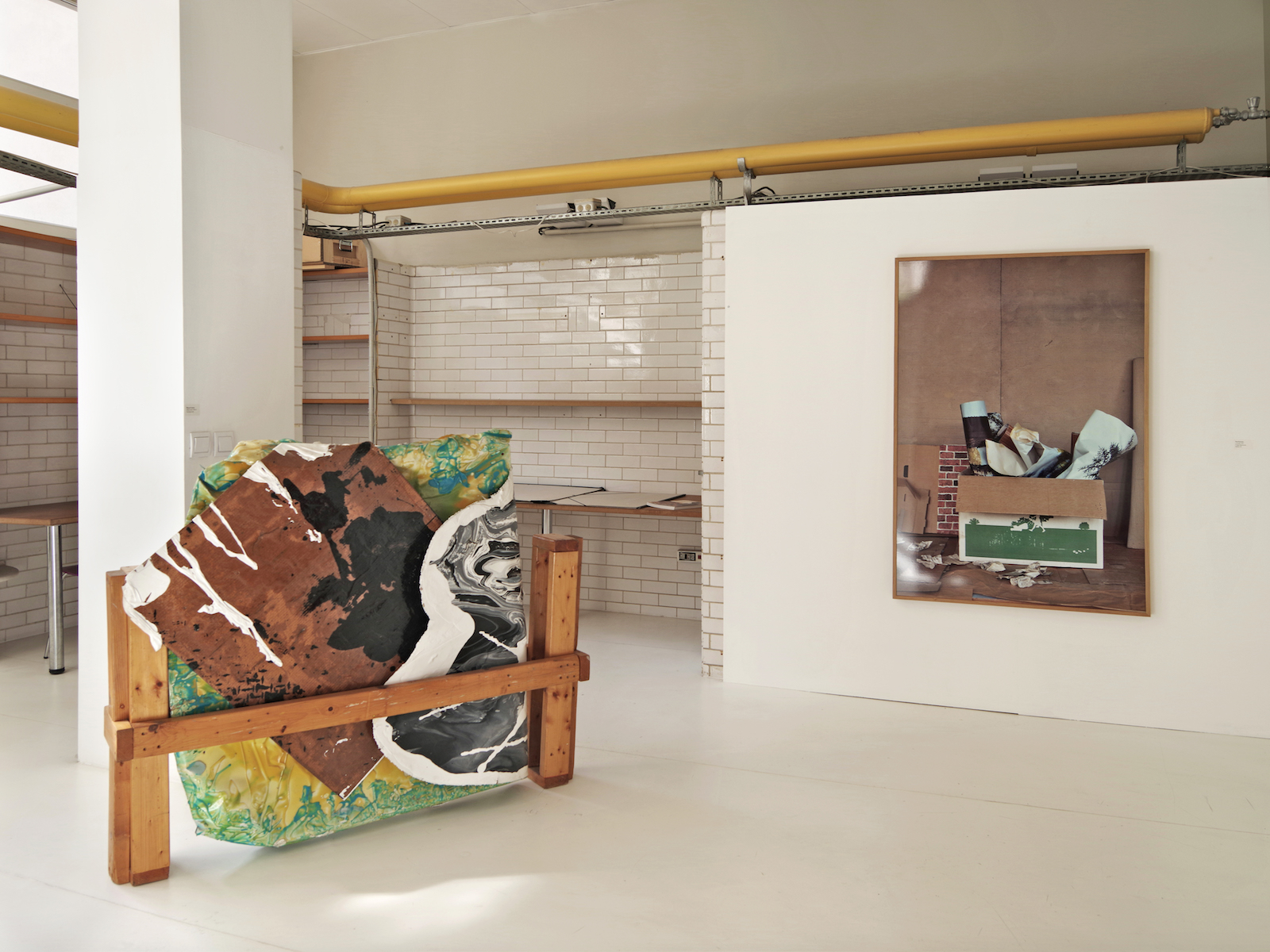
Presentation
Exhibit curator: Isabelle Tessier, director of the Vitré Artothèque.
In partnership with the association Ville Ouverte, Les Douches la Galerie regularly gives a free hand to French artothèques [art libraries] to curate an exhibition at the gallery in order to pay tribute to the work done by the forty or so artothèques located all over France, where they play a major role in spreading contemporary art.
This year, we are pleased to welcome the Vitré artothèque. 1200 artworks can be found in its collection including prints, sculptures but above all photographs. Under the direction of Isabelle Tessier, the artothèque presents a selection of artworks by Paul Pouvreau and Edouard Prulhière at Les Douches la Galerie from September 7 to October 1st.
PRESS RELEASE
In wave mechanics, interference refers to the phenomenon in which two waves of the same type meet and interact with one another. It occurs when waves of the same nature and of equal (or neighboring) frequency superpose, resulting in a variation in the space or time of the amplitude of the resultant wave.
Why bring together the works of Paul Pouvreau and Édouard Prulhière when their artistic approaches and practices are firmly rooted in very different domains of research? Since the 1980s, Pouvreau has been using mundane everyday items such as kitchen utensils, packaging, newspapers, boxes, plastic bags to create works 'in the style of assisted readymades'. For him, photography, his main artistic medium, attempts 'to draw attention to these little nothings that often house almost everything'. He is interested in various forms of packaging and their effigies, as so many visual signs in dialogue with our everyday space. Prulhière has been at work since the 1990s, looking at the evolution of painting through its tools, its materials and its forms, which harbor movement, drives, immediate signs of interiority. His paintings unfold through the permanence of the act, i.e. of the body in its relationship to space. Each technical movement is the occasion to reflect on its meaning, to acquire knowledge about its history. On the one hand, Pouvreau juxtaposes the simplicity and banality of his chosen materials by meticulously staging their depiction, rigorously composing their images in installations where lines are precisely thought and laid out. On the other, Prulhière makes no attempt to foresee how the forms he is creating will emerge, incorporating chance and happenstance into his approach, taking the path of disorder in a quest for the informel.
Beyond these dissimilarities, the largely photographic works of Paul Pouvreau and pictorial works of Édouard Prulhière both take stock 'of authentic issues of vision' through questions of volume and set up, but also through questions of the 'object' (everyday objects / objects of painting) and of its plastic and visual recycling.
In recent years, many of the elements that Pouvreau has chosen to work with have been intimately connected to volume and architecture. In his words, 'my interest has at once resulted in me making photographs that I envision as constructed or architectured scenes, where real world items square off against add-on objects, usually packaging. By setting up different signs, I set off plural relations in my photographs, creating zones of interference and ambivalence between what is natural and what is man-made, between the real and the fictional, subject and object. At the same time, I often accompany the presentation of the works themselves with rudimentary architectural installations, made out of boxes that help support the photographic presentation, or that sometimes stand alone, acting as a counterpoint to the abstract neutrality of the "white cube"'.
In Prulhière's work, various approaches also transpose and question painting's relationship to volume and space. Some of these works are hybrid, born of 'the coupling of painting and sculpture'. Leaving their original frames, his deformed, torn-up paintings, some folded inside out, are attached to frames that are too small for them, lending the paintings a three-dimensional quality, or else they are built as outright sculptures (Volume paintings), or even bundles (Ballots). Since 2006, his method of working has gone beyond this simple intersection. Whenever the locations of his exhibits permit it, he produces paintings and drawings directly on the walls of the exhibit space. For him, his work is 'directly connected to the question of landscape through the illusion of space that painting creates. This layering of senses makes it possible to imbue the development of painting or drawing, in the widest sense, with the contemporary reality of what constitutes the production of an image.'
In a manner akin to that of the poet Francis Ponge, Pouvreau and Prulhière give full-fledged existence to the elements they manipulate, an existence that aims to perfectly single out the materiality of objects. Whether these objects are forms of packaging (such as boxes and bags), or a residue from painting (such as aborted paintings), they harbour within themselves the specificity of what constitutes them, even as they take on new form and weight. Paul Pouvreau's photographs appear as prototypes of constructions built with the discarded packaging from household items, cardboard for example. For him 'cardboard is a magical, contradictory material. It is both an object of consumption, perhaps of luxury items, and its opposite. It appears in urban space at two very different levels. For example, cardboard that is used by people living in the streets can sometimes take on forms that, for me, are eminently critical of urban organisation. The boxes sometimes become genuine, and surprisingly ingenious, architectural structures that in fact coexist with the insult of posh neighbourhoods.'[1]
Their visual recycling harmonises mostly in relation to photographic space where, insidiously, 'signs become things as things becomes signs'. In this way, photographs resemble visual constructions whose forms and meaning can be grasped in multiple, unstable ways, like so many tactile layers on the surface of things. Rather than smooth, verifiable surfaces, his photographs offer the gaze an exteriority to peruse. Revisiting common places or genre places, they are imbued with a perspective that is no longer organised solely by a single vanishing point, but by the entire territory of images.
For Prulhière, the question of recycling takes shape through the matter, and even the materials, of painting: fragments of canvases and frames of earlier experiments that never coalesced into a finished piece and have reinvested elsewhere. As Tristan Trémeau has noted, 'Prulhière reacts by taking on a desire to experiment, favouring improvisation, the shapeless, hybridisation and the contrasts of gestures, forms, the method of applying paint on the canvas, which in turn is manipulated, shaped, inverted to the form of the paintings during the process of production. In considering them, Lamarche-Vadel feels, "the inverted tones of great painting", "in the salvo, the abandonment, the vomiting forth, the calamity of a gathering of bursts and drips, splats, stains and dribbling abscesses." As an admirer of Gérard Gasiorowski, whose Les Tourtes [Pies], Les Jus [Juices] and Les Amalgames [Hodgepodge] from the 1970s reveal a similar propensity to play deftly with chaos and the lower end (in both a material and a symbolic sense), Lamarche-Vidal found in Prulhière a successor for that desire to lug around the base, organic, formless dimensions of painting".[2]
At Les Douches la Galerie the works of Paul Pourvreau and Édouard Prulhière will be on display together for the first time, meeting and interacting through their ability to capture information outside their reach and to produce situations that are both real and imaginary.
Isabelle Tessier
Director of the Vitré Artothèque
Exhibit Curator